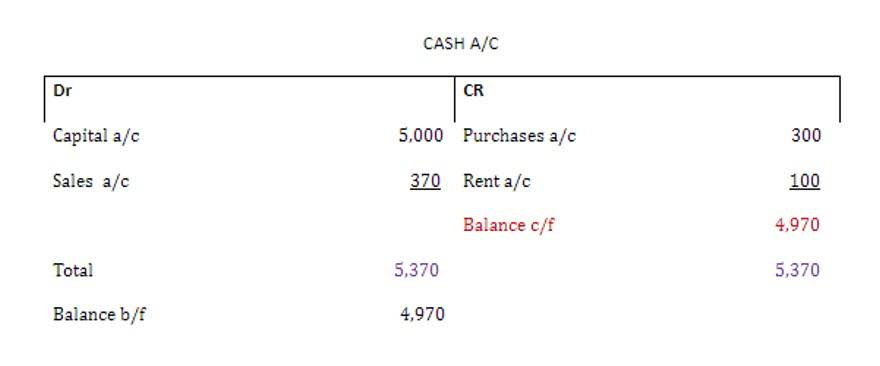Accounting and Finance for the Vineyard and Winery UC Davis Continuing and Professional Education

This can be attributed to COGP of particular varietals or vintages sold and costs included in selling the wine and getting it to the customer. Classification of overhead costs can vary, depending on the size of the facility and whether there are shared uses of facilities by other revenue streams, such as facility rental or custom crush services. This method assumes the most recently purchased or produced inventory items are the first wine accounting items to be sold. This is unrealistic for most wineries because wine is typically vintage-dated, with older vintages sold before newer ones. The market generally determines what someone is willing to pay for your wine, so the cost of making and selling that wine largely determines how much profit is left over. The greater understanding and control you have over your costs, the greater your chance for running a profitable winery.

The Benefits of Using Vineyard Management Software

Most wineries will have products that need to age for varying amounts of time. While other wines are left to age for a few years before being bottled and ready for sale. The charts below demonstrate how certain overhead and direct production costs might flow through the balance sheet and income statement. At Perkins, we understand these unique challenges and offer specialized accounting and tax services tailored to the wine industry. Knowing about strategies such as accrual accounting and smart production account management helps you make confident financial decisions, fueling your winery’s success. Verification of the warehouse’s bond should be supplemented Partnership Accounting by an inspection of physical controls, such as fire suppression systems and burglary alarms.
- It’s particularly useful for wineries with large volumes of similar products, as it simplifies the accounting process while still offering a reasonable approximation of inventory value.
- Also, there are tax considerations to keep in mind at different points along the vine lifecycle, including income tax and capital allowances.
- Defining your priorities will help you select the features that matter most.
- Proper tax accounting ensures compliance with local and federal regulations, helps avoid penalties, and can optimize tax liabilities.
- This method smooths out price fluctuations, providing a stable cost basis for inventory valuation.
- Beyond year-end tax preparation services, our experience working with wineries means we employ a variety of tax planning strategies designed to reduce taxes for businesses in your industry.
Protea Financial’s Wine Accounting Services
In this podcast episode, we discuss the accounting for vineyards and wineries. Protea Financial is here to help you understand the basics of wine accounting so that you can make informed decisions about your business. Finding the perfect vineyard management software requires a clear understanding of your vineyard’s unique needs and goals. Many companies remember to add new property purchased during the year and remove QuickBooks sold property but neglect to report obsolete and abandoned property.

Tips for managing and valuing your inventory

Many internal controls utilized in other industries to protect against and detect asset misappropriation are relevant to wineries as well. For example, carefully vetting applicants for sensitive positions in the winery, including background and credit checks, can help to ensure an honest workforce. Inventory counts are important controls in wineries because they help determine if there has been any misappropriation and comply with TTB recordkeeping requirements. These bottles, of course, must be properly accounted for with respect to TTB and excise tax purposes. Specific Identification is another method particularly suited for high-value, unique wines.
Cheers to your financial health.
It’s the property owner’s responsibility to document and report obsolete items to prevent unnecessary tax payments. Neglecting this aspect of property tax reporting leads to overpaying taxes and issues during audits. Therefore, specific identification, while it can be complex, is often the most accurate method for managing and valuing the inventory of your winery.

